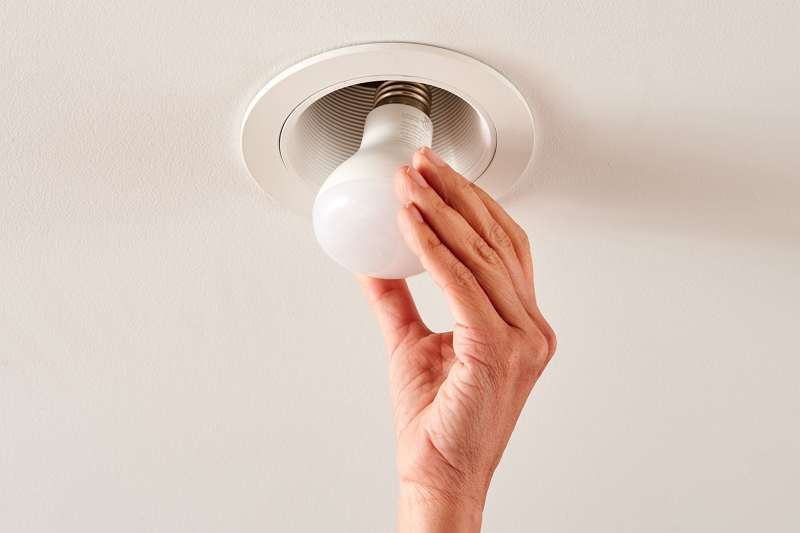How To Unscrew A Light Bulb
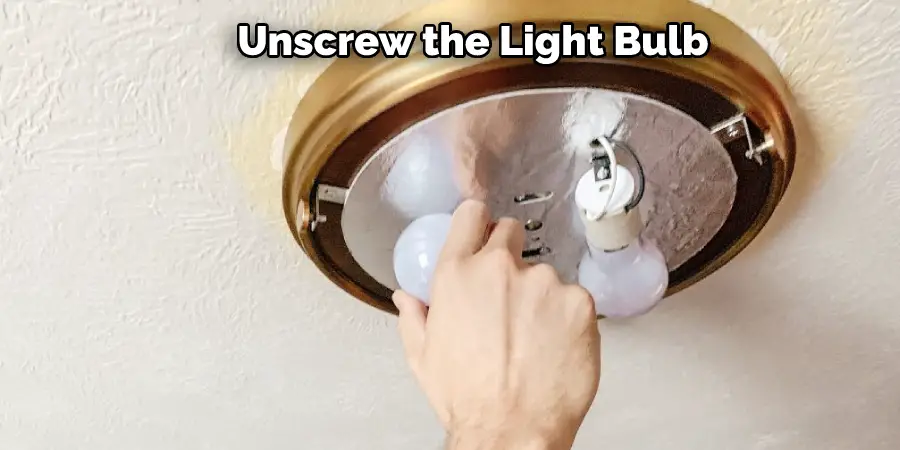
The humble light bulb, a ubiquitous symbol of illumination and progress, often presents a surprisingly stubborn challenge when its lifespan flickers to an end. Removing a seemingly simple bulb can transform into a frustrating, even hazardous, task. Improper techniques lead to broken glass, potential cuts, and even electrical shocks, turning a routine chore into an avoidable emergency.
This article serves as a comprehensive guide to the safe and effective removal of light bulbs. From traditional incandescent models to modern LEDs, we will detail methods for various bulb types and situations. We will also explore potential hazards and preventative measures to ensure a smooth and safe replacement process.
Understanding Light Bulb Types
Before attempting removal, identifying the type of light bulb is crucial. The most common types include incandescent, compact fluorescent lamps (CFLs), and light-emitting diodes (LEDs). Each type presents its own unique set of considerations and potential hazards during removal.
Incandescent Bulbs
Incandescent bulbs are characterized by their glass enclosure and visible filament. Their fragility and the heat they generate make them particularly prone to breakage. Always allow an incandescent bulb to cool completely before attempting removal to avoid burns.
CFL Bulbs
CFLs contain a small amount of mercury vapor, posing an environmental and health risk if broken. According to the Environmental Protection Agency (EPA), broken CFLs should be cleaned up carefully, avoiding direct skin contact and vacuuming, which can spread mercury vapor. The broken pieces should be placed in a sealed container and disposed of properly at a designated recycling center.
LED Bulbs
LED bulbs are generally more durable than incandescent and CFL bulbs. However, some older LED models may contain internal components that can be damaged by excessive force. Check for any visible signs of damage or weakness before attempting removal.
The Removal Process: A Step-by-Step Guide
Regardless of the bulb type, the first step is always to disconnect the power. Turn off the light switch controlling the fixture and, ideally, flip the circuit breaker for that circuit to eliminate any risk of electrical shock. This precaution is especially important in damp environments like bathrooms or kitchens.
For a standard screw-in bulb, grasp the bulb firmly but gently with your hand. Use a rubber glove or a piece of cloth for improved grip and protection. Twist the bulb counterclockwise to loosen it from the socket.
If the bulb is stuck, avoid excessive force. Apply penetrating oil to the base of the bulb where it meets the socket and allow it to sit for a few minutes. The oil will help loosen any corrosion or debris that may be causing the bulb to stick.
If the glass has broken but the base remains in the socket, extra caution is required. Use needle-nose pliers to carefully grip the metal base and twist it counterclockwise. Ensure the power is still off and wear eye protection to prevent injury from flying debris.
Special Considerations for Recessed Lighting
Recessed lighting fixtures often require a different approach. Many recessed fixtures have retaining clips or springs that hold the bulb in place. Identify the type of retaining mechanism and gently release it before attempting to remove the bulb.
Some recessed lights use a reflector trim that needs to be removed before accessing the bulb. Consult the fixture's manual or online resources for specific instructions on removing the trim without causing damage.
LED retrofit kits designed for recessed lighting often have specific installation and removal procedures. Refer to the manufacturer's instructions for guidance.
Safety Precautions and Best Practices
Prioritize safety by wearing appropriate personal protective equipment (PPE). This includes safety glasses to protect your eyes from broken glass and work gloves to improve grip and prevent cuts. Never attempt to remove a light bulb while standing on a wet surface or ladder, minimizing the risk of slips and falls.
Dispose of broken glass and bulbs responsibly. Do not simply throw broken glass into the trash. Wrap it securely in newspaper or cardboard and label it clearly as "broken glass" to protect sanitation workers.
CFLs require special disposal due to their mercury content. Many hardware stores and municipalities offer free recycling programs for CFLs. Check with your local authorities for information on where to properly dispose of these bulbs.
Troubleshooting Common Problems
A common issue is a bulb that is simply too tight to unscrew. In this situation, increased grip may be the solution. Try using a rubber jar opener or a specialty bulb removal tool, which provides a better grip on the bulb.
Another problem is a corroded or rusted bulb base. As mentioned earlier, penetrating oil can help loosen the corrosion. If the corrosion is severe, you may need to replace the entire fixture.
If the bulb breaks inside the socket, carefully remove the broken glass pieces using pliers and wear gloves. Ensure the power is off and proceed with caution to avoid electrical shock or cuts from sharp glass.
The Future of Light Bulb Removal
As lighting technology evolves, the methods for removing and replacing bulbs may change. The increasing popularity of long-lasting LED bulbs reduces the frequency of bulb replacements, minimizing the associated risks. Future lighting systems may incorporate modular designs that simplify bulb replacement or integrate the light source directly into the fixture.
The development of smart lighting systems with remote control capabilities could also reduce the need for manual bulb replacement. Faulty bulbs could be automatically identified and reported, allowing for proactive maintenance. Innovation in bulb design and fixture technology will continue to prioritize safety, ease of use, and environmental responsibility.
By following these guidelines, homeowners and professionals can safely and effectively remove light bulbs of various types, minimizing the risk of injury and environmental hazards. Prioritizing safety and responsible disposal practices will ensure a smooth and sustainable lighting experience for years to come. Remember to always disconnect the power before working with electrical fixtures. Stay safe!
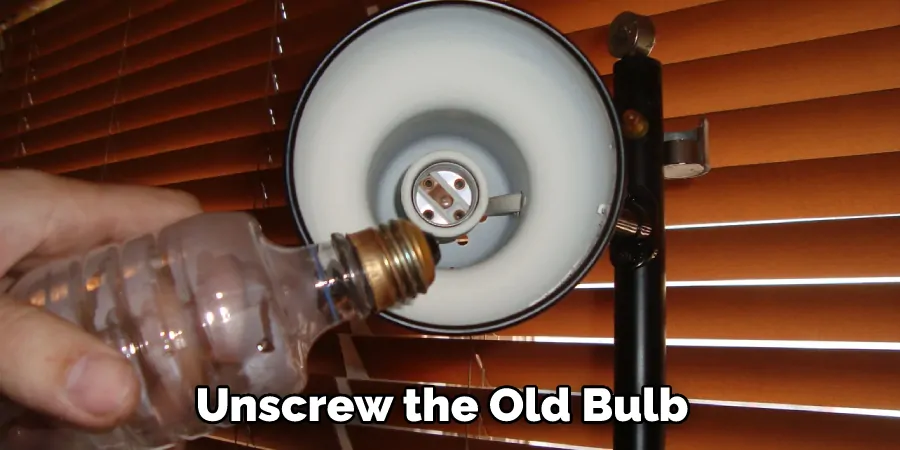
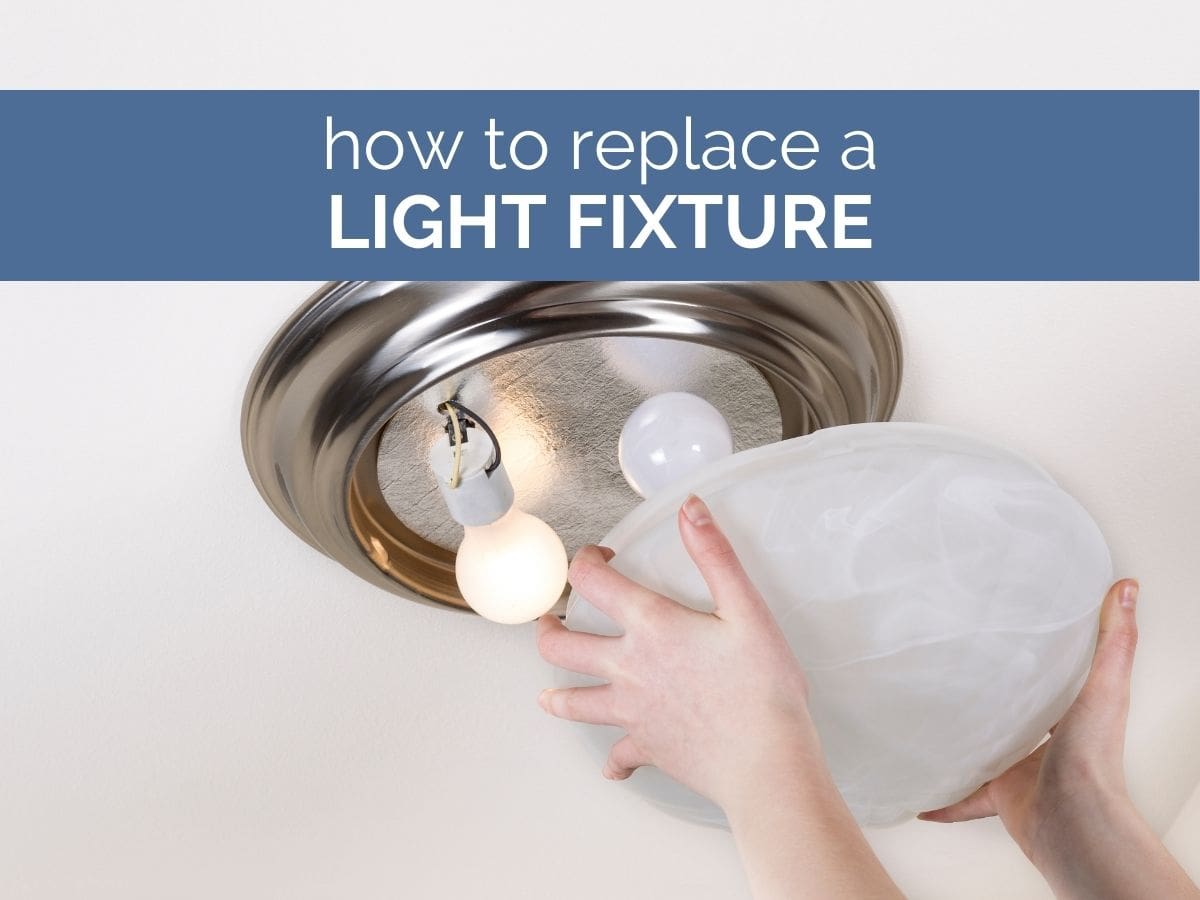

![How To Unscrew A Light Bulb How to Remove a Stuck Light Bulb Safely From Socket? [Solved]](https://midlandauthors.com/wp-content/uploads/2022/01/How-to-Remove-a-Broken-Lightbulb-from-a-Light-Socket-scaled-1-1068x601.jpeg)


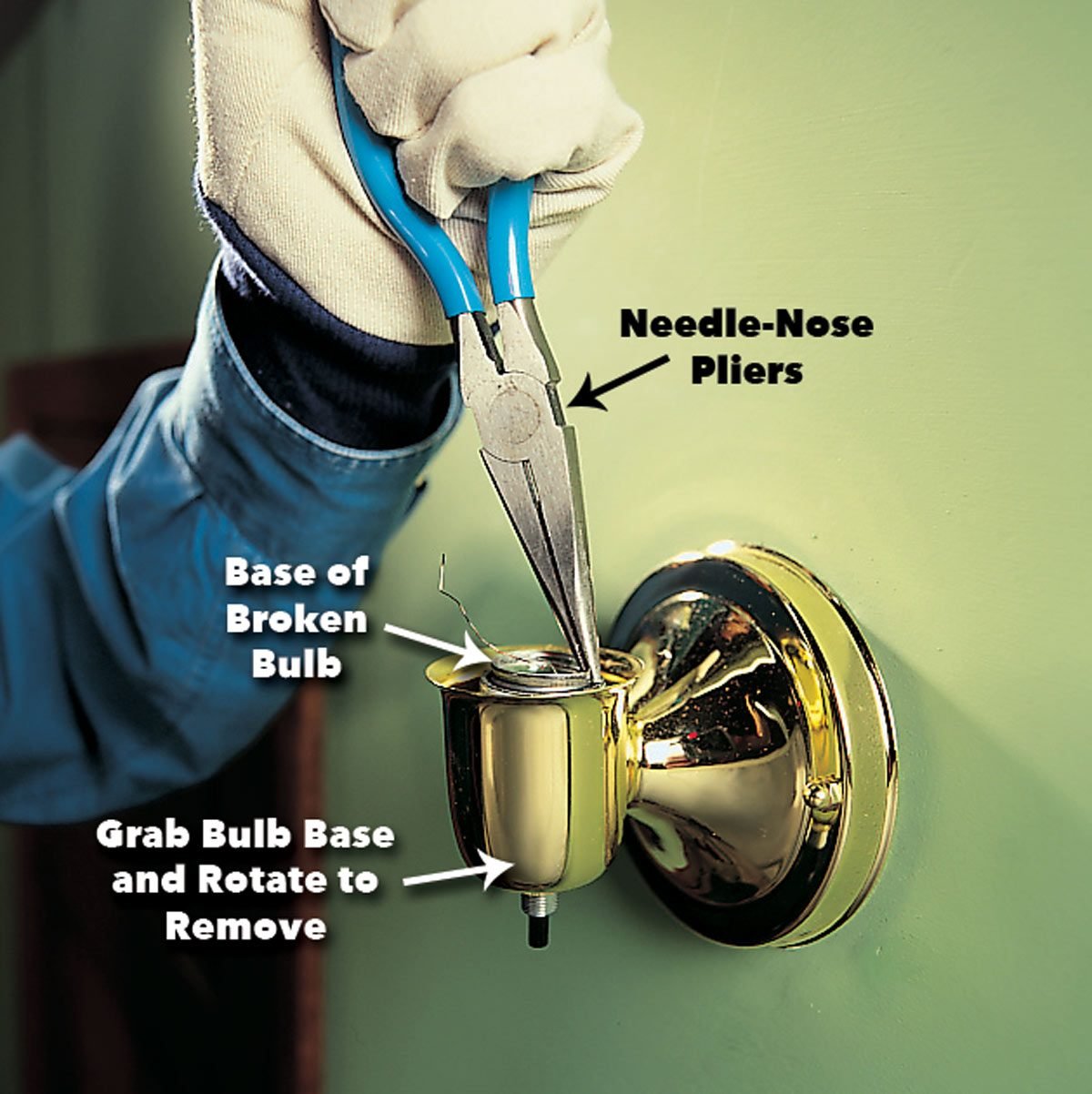



:max_bytes(150000):strip_icc()/remove-base-of-broken-lightbulb-2175008-03-c73a5d2c97374976befe2d2dd1c97135.jpg)




:max_bytes(150000):strip_icc()/remove-base-of-broken-lightbulb-2175008-05-13823d2f792641df8588717bd7089f6b.jpg)

